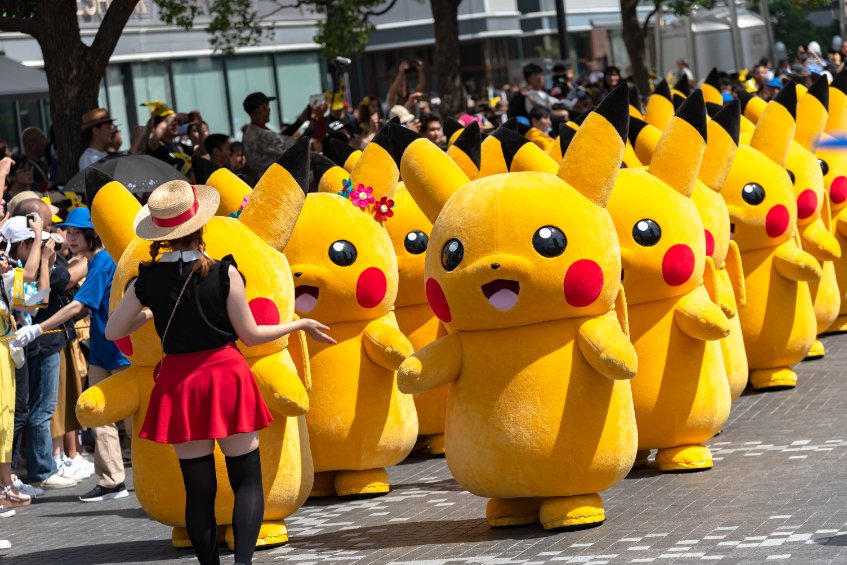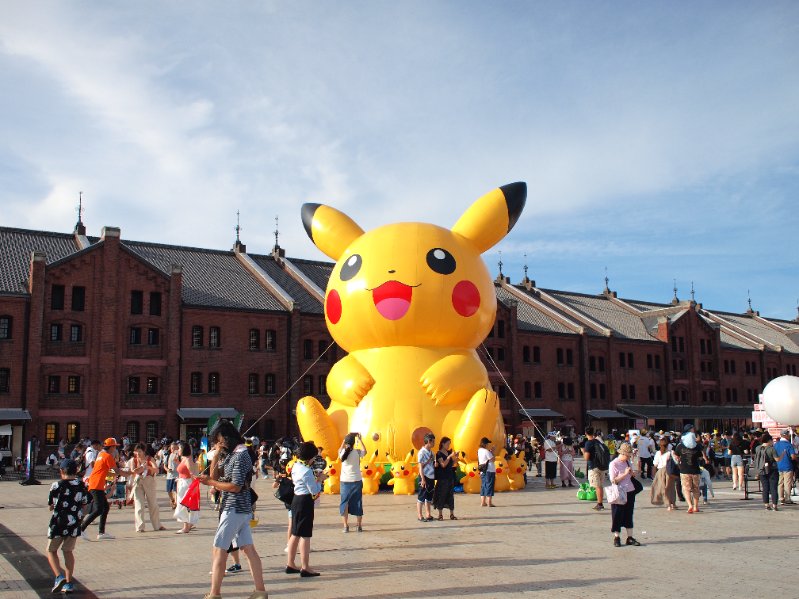December 16, 1997 – Pokémon Shock Incident in Japan

Pokémon Shock Incident in Japan on December 16, 1997
What happened in Japan on December 16, 1997
Pokémon Shock was a broadcast incident in which a number of young viewers of the animated television series “Pokemon” (Pocket Monster) broadcast on December 16, 1997 on TV Tokyo and its affiliate stations in Japan seriously suffered photosensitive seizures and were rushed to emergency rooms. The program was suspended for approximately four months as a result of the incident.
- Date of the incident: December 16, 1997 (18:30 – 19:00)
- Cause: Photosensitive seizure caused by intermittent exposure to intense flashing lights such as strobes and flashing lights
- Injuries: 651 people
Origin and Cause
The incident was triggered by episode 38 “Dennou Senshi Polygon” of the TV animation “Pokémon” broadcast on December 16, 1997 from 18:30 to 19:00 on the TV Tokyo network.
According to a survey conducted by Video Research at the time, the ratings for this episode were 16.5% in Tokyo area and 10.4% in Osaka/Kyoto area.
In this episode, the main character, Satoshi and his friends used the CG Pokémon “Polygon” to break into the computerized Pokémon transfer system in order to solve a case caused by the Rocketeers in the system. In order to represent the computer world in this episode, intense flashing lights and other strobe lights were frequently used in the scenes of attacks by the vaccine software and the repair of corrupted data.
According to the report “Record on the Animation Pokémon Incident” distributed by TV Tokyo after the incident, these effects were used continuously for more than one second across 25 scenes, and especially for the latter part of the program, these effects were used continuously. This staging was particularly noticeable in the scene where Pikachu’s technique, “Million Volt,” intercepts a Vaccine-soft missile. The report estimated that 3.45 million viewers between the ages of 4 and 12 watched the scene, which flashed 106 times in 4 seconds starting at 18:51 due to the simultaneous networking of various stations.
Those who became ill after viewing the broadcast were mostly children, and in addition to headache and nausea, those who were seriously injured showed symptoms of fainting, losing consciousness completely, and developing epileptic seizures and other symptoms.
After the broadcast, some viewers who were watching the broadcast complained of feeling ill and were rushed to the hospital. 651 people from 30 prefectures were transported to hospitals, of which more than 130 were hospitalized. Patients’ symptoms were mainly seizure-like symptoms, ocular/visual symptoms, indefinite complaints, unpleasant mood, fainting, headache and nausea, etc. The cause is considered to be photosensitive seizures caused by intermittent exposure to the intense flashing lights mentioned above.

The total number of children who were not taken to the hospital but were affected in some way is estimated to be in the thousands.
It is believed that this was the first time in the history of TV broadcasting in the world that hundreds of people were taken to the hospital for watching a single TV program.
It was later discovered that similar cases had occurred in other programs in the past and while no cases had been reported, it was pointed out that the same thing could happen with the flickering of camera flashes, which are common in news programs, and the criticism of this incident and ” Pokémon ” gradually subsided.
The warning message which is common nowadays, “When watching TV, please keep the room well-lit and watch from a distance was triggered by this incident.
In April 1998, NHK and the National Association of Commercial Broadcasters in Japan (NAB) established “Guidelines for Animation and Other Video Techniques. They urged broadcasters to pay close attention to the following visual expressions
・Flashing images and lights, especially “bright red” flashing
・Inverted images with strong contrast or abrupt scene changes
・Use of regular pattern patterns











